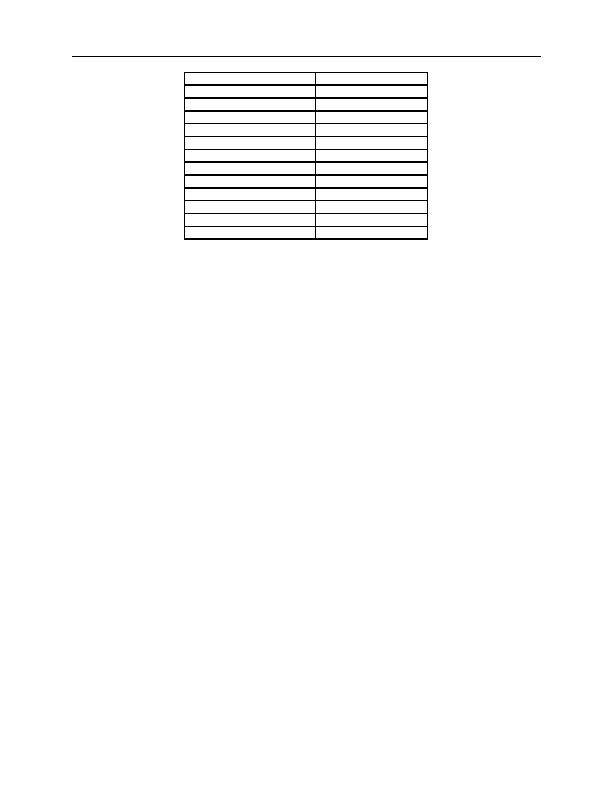
Public Health Assessment Public Comment Release
Ward Transformer NPL Site
Congener Number
TEF Weighting Factor
PCB Congener #105
0.0001
PCB Congener #114
0.0005
PCB Congener #118
0.0001
PCB Congener #123
0.0001
PCB Congener #126
0.1
PCB Congener #156
0.0005
PCB Congener #157
0.0005
PCB Congener #167
0.00001
PCB Congener #169
0.01
PCB Congener #189
0.0001
PCB Congener #77
0.0001
PCB Congener #81
0.0001
Current Standards, Regulations, and Recommendations
EPA has set a regulatory maximum contaminant level (MCL) for PCBs in drinking water as 0.5
parts of PCBs per billion parts of water (ppb). For protection of human health from eating fish or
shellfish from surface waters, EPA recommends that the level of PCBs in surface waters be no
greater than 0.17 parts per trillion (ppt).
The State of North Carolina placed fish advisories for surface waters leading from the Ward
Transformer site on the basis of the level of PCBs in fish from Lake Crabtree, Brier Creek, Little
Brier Creek, Brier Creek Reservoir, and the tributary leading from the Ward Transformer site
[12,13]. No other fish advisories based on PCBs were located in North Carolina [14]. The fish
consumption advisories recommend that no fish be eaten from Brier Creek (downstream of Brier
Creek Reservoir), Brier Creek Reservoir, Little Brier Creek (downstream of Brier Creek
Parkway), or the unnamed tributary to Little Brier Creek. In addition, the advisories recommend
that no carp or catfish from Lake Crabtree be eaten, and all other fish from Lake Crabtree be
eaten at no more than one meal a month.
The Food and Drug Administration (FDA) has set residue limits (i.e., tolerances) for PCBs in
various foods to protect consumers from harmful health effects. FDA limits include 0.2 parts per
million (ppm) in infant and junior foods, 0.3 ppm in eggs, 1.5 ppm in milk and other dairy
products, 2 ppm in edible portions of fish and shellfish, and 3 ppm in poultry and red meat [15].
The Occupational Safety and Health Administration (OSHA) requires that workers not be
exposed by inhalation over a period of 8 hours for 5 days per week to more than 1 milligram per
cubic meter of air (mg/m3) for PCBs containing 42% chlorine or to 0.5 mg/m3 for PCBs
containing 54% chlorine. The National Institute for Occupational Safety and Health (NIOSH)
recommends that workers not breathe air containing PCBs at levels higher than 0.001 mg/m3 for
a 10-hour workday, 40-hour workweek [16].
The National Toxicology Program and the International Agency for Research on Cancer (IARC)
have classified PCBs as reasonably anticipated to be carcinogens and as probably carcinogenic
to humans, respectively. EPA has classified PCBs as a probable human carcinogen. EPA has
calculated an upper bound oral slope factor of 2 per milligram per kilogram per day
8


 Previous Page
Previous Page
